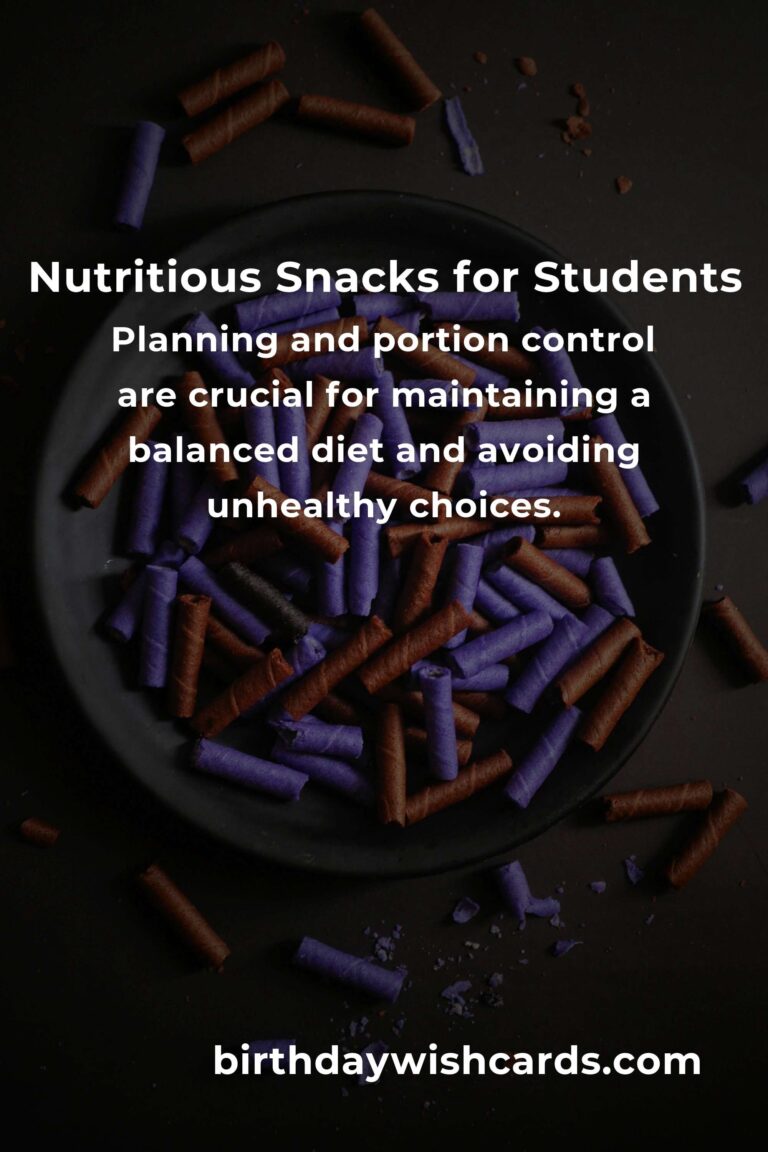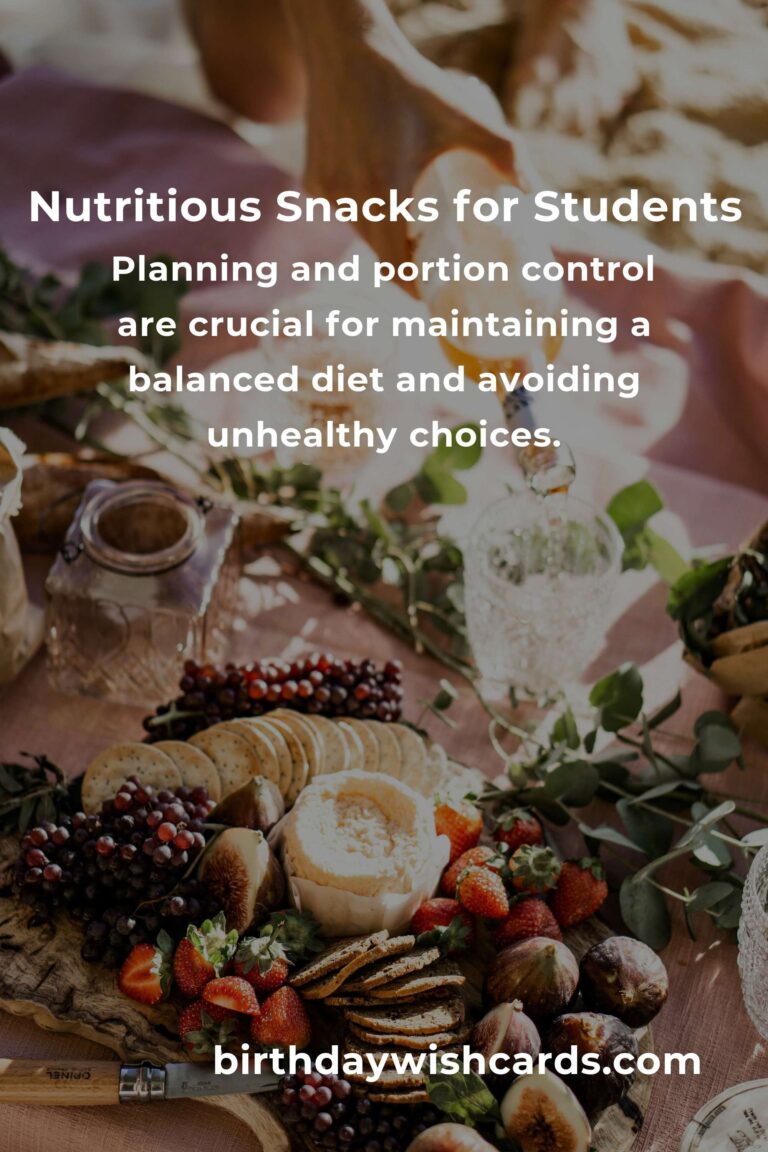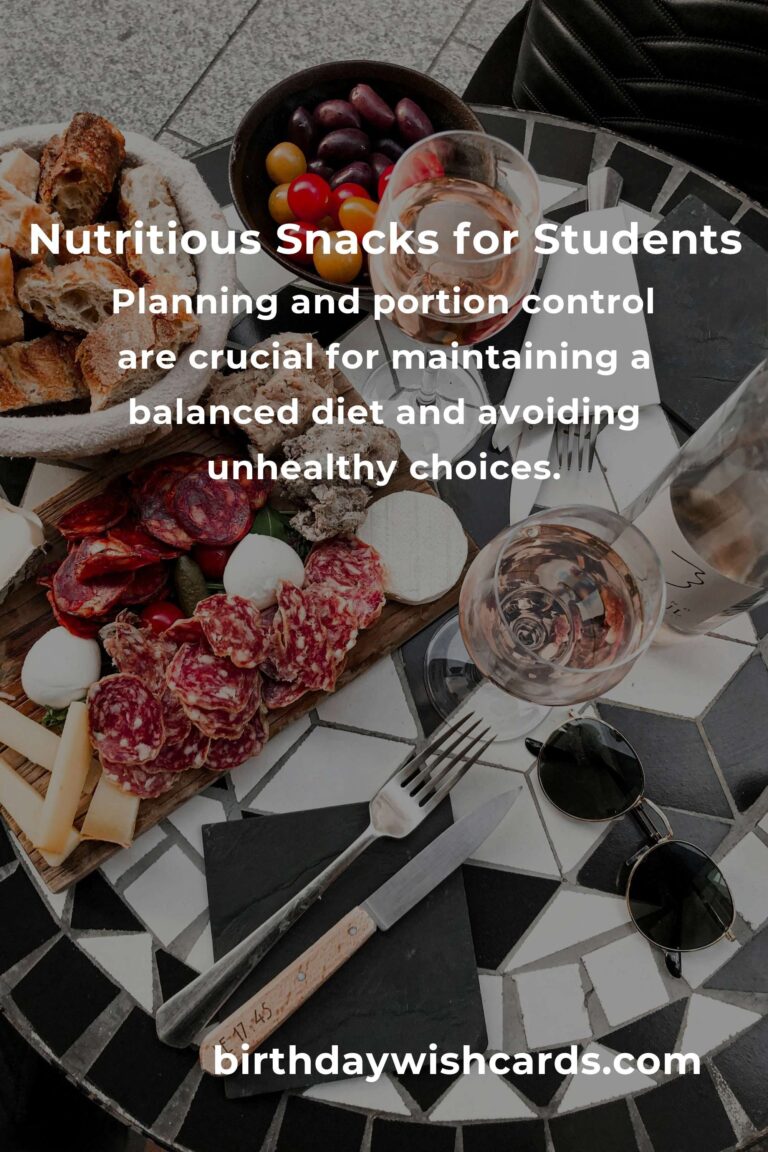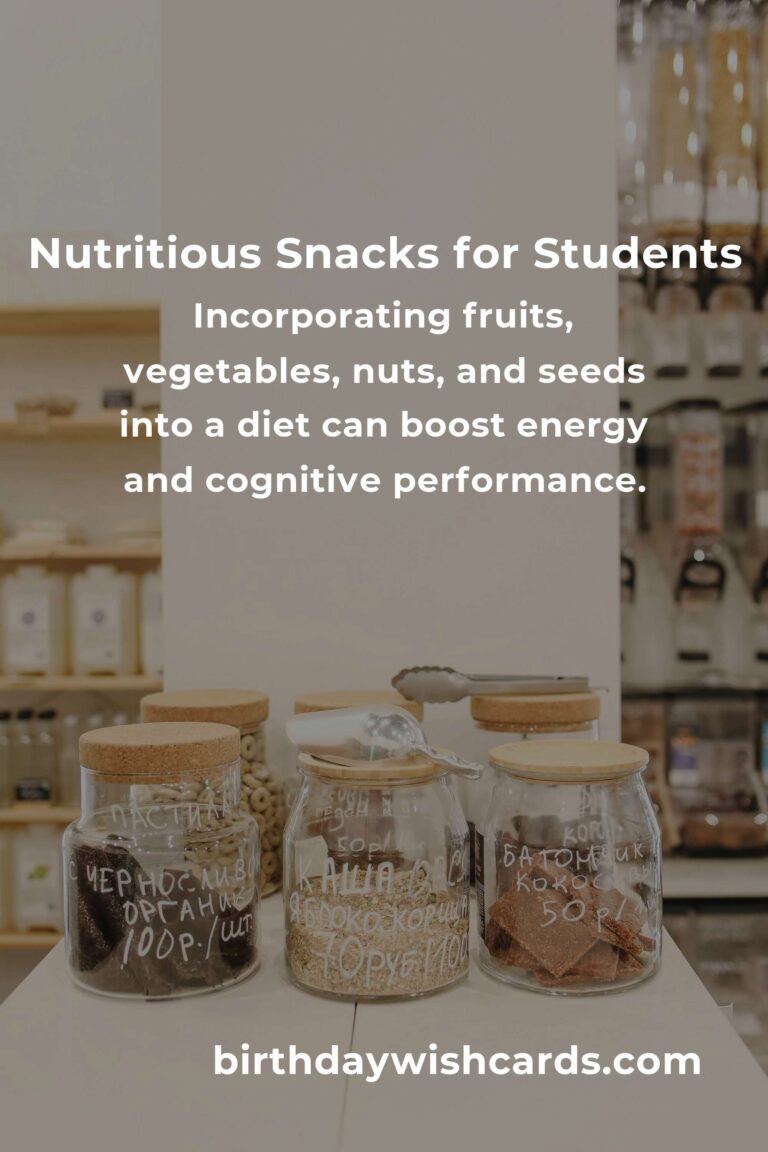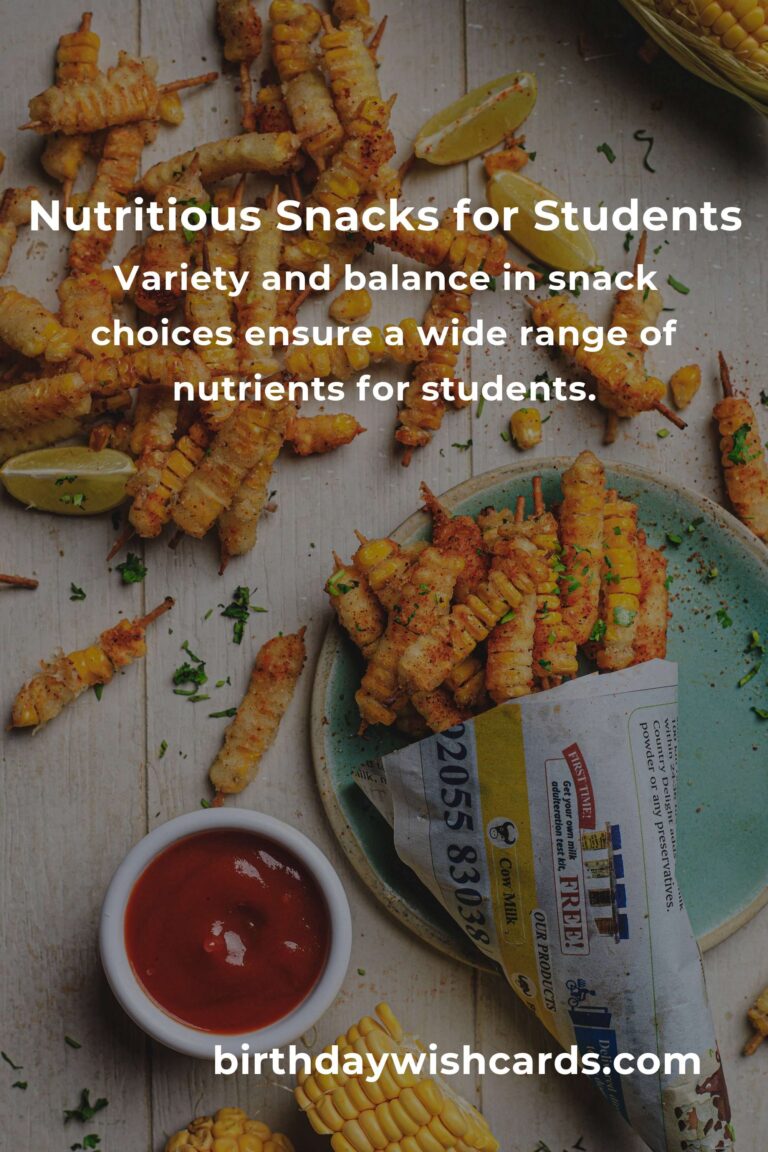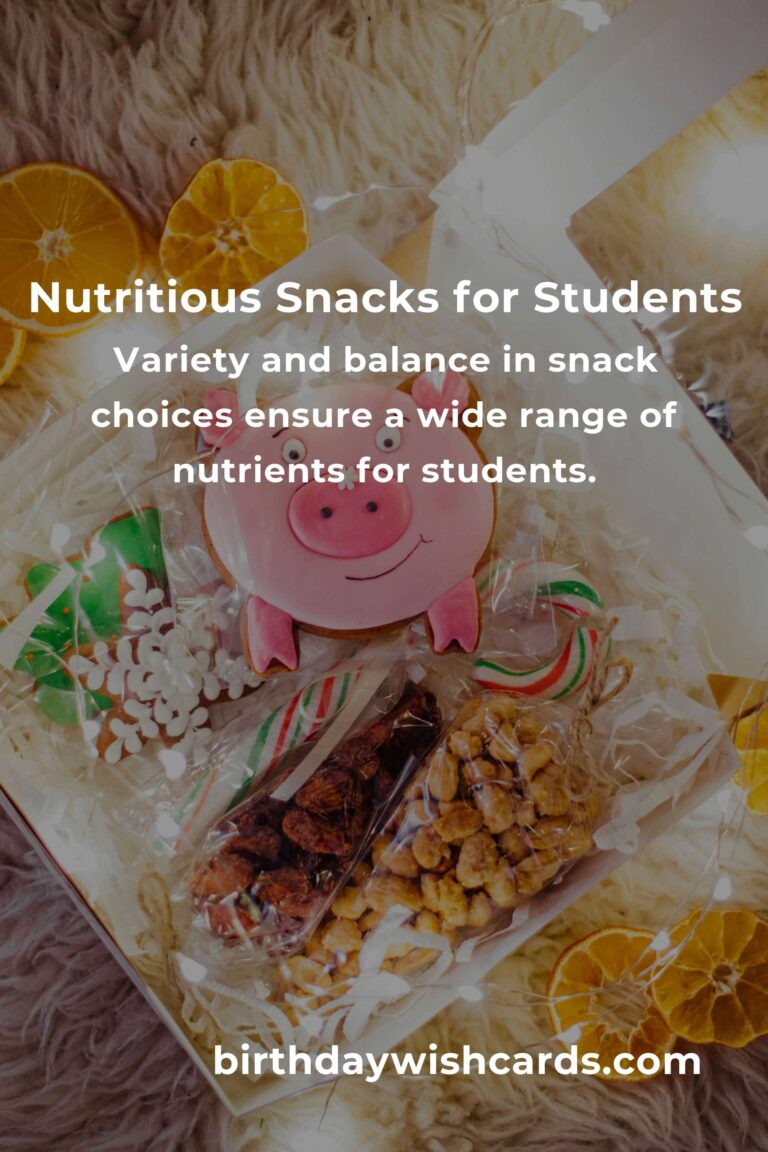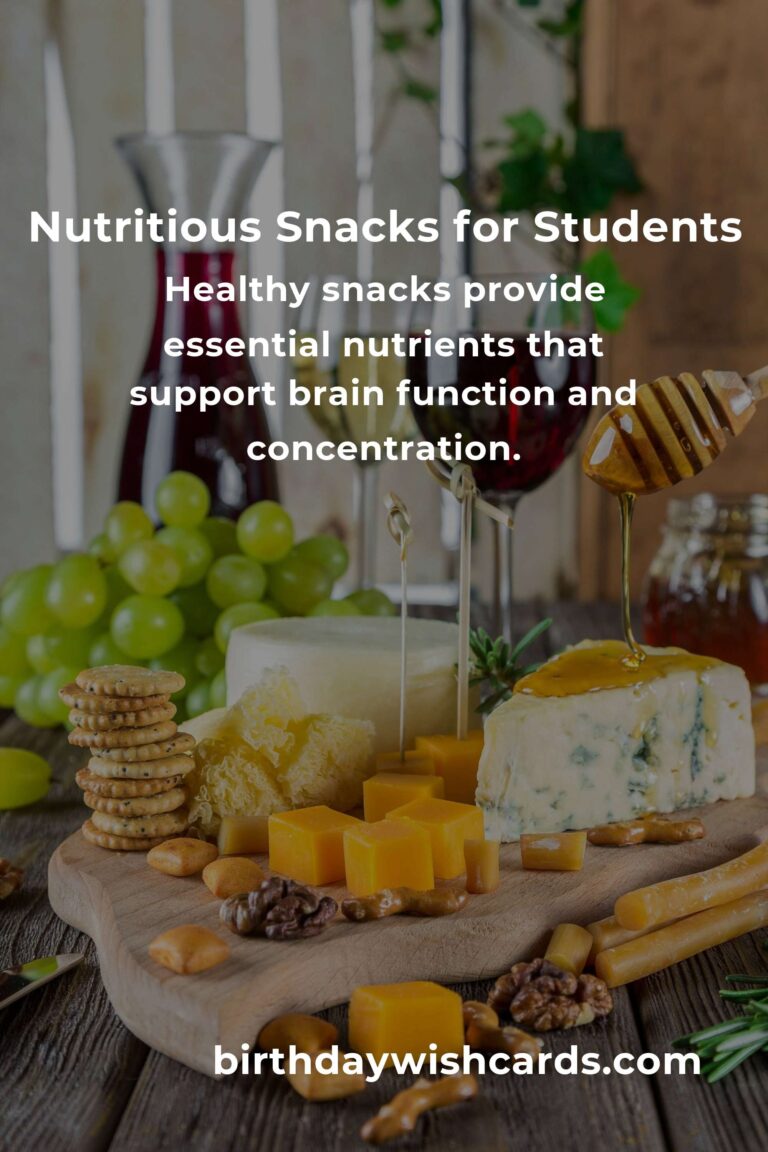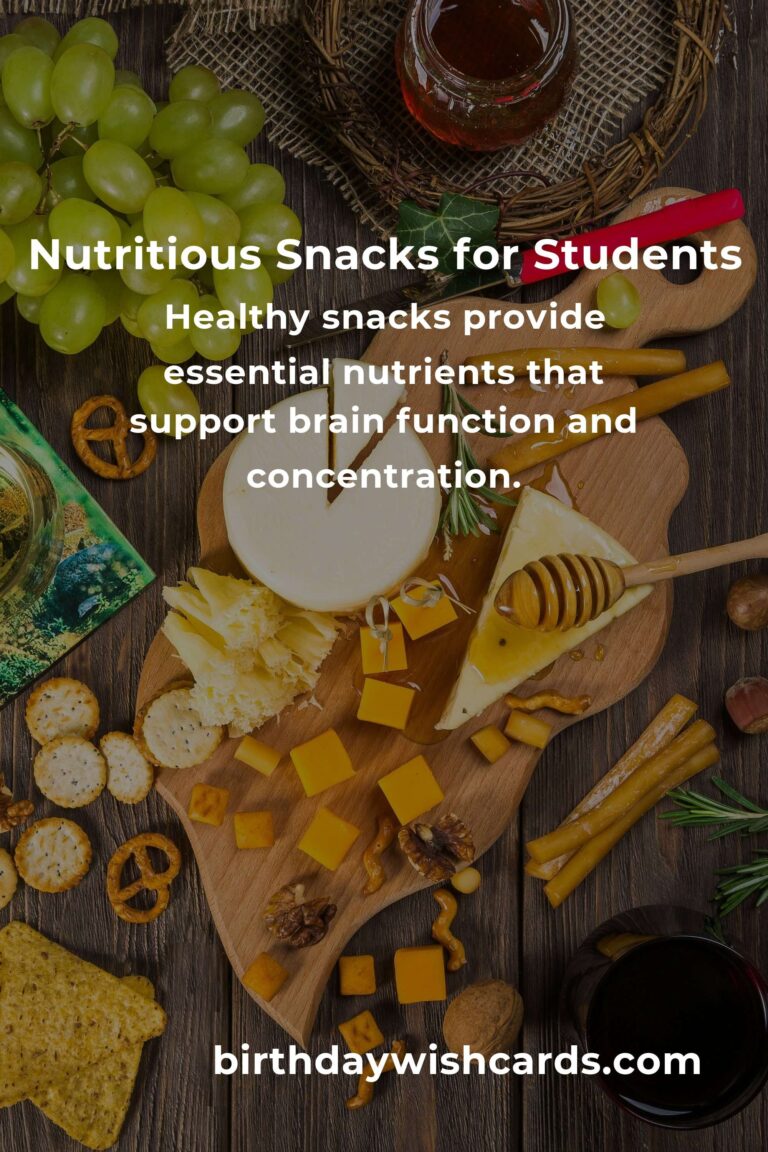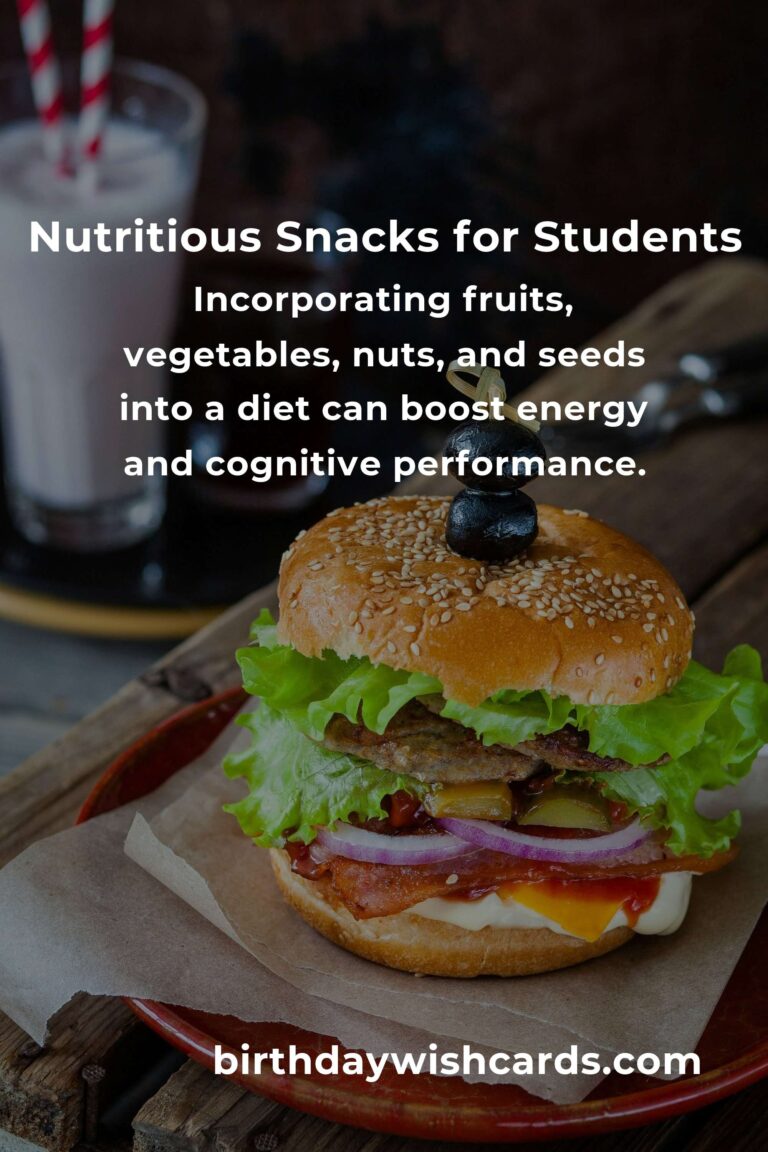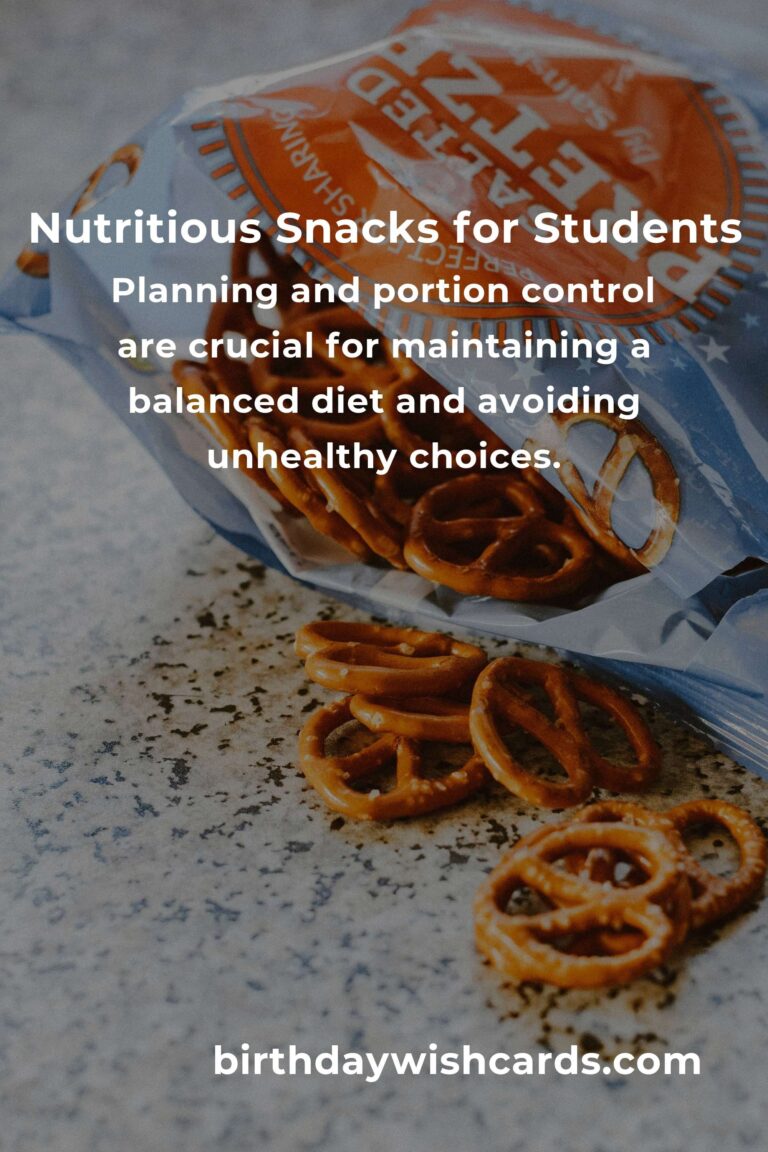
In the hustle and bustle of student life, maintaining a balanced diet can often take a backseat. However, incorporating healthy snacks into a daily routine is crucial for sustaining energy levels and enhancing cognitive functions. This guide aims to provide students with nutritious snack options that are both convenient and delicious, ensuring they stay focused and energized throughout their academic journey.
Why Healthy Snacks are Important for Students
Healthy snacks play a significant role in a student’s diet by providing essential nutrients that support brain function, concentration, and overall health. They help stabilize blood sugar levels, preventing energy crashes that can affect academic performance. Moreover, choosing the right snacks can keep students satiated between meals, reducing the temptation to consume unhealthy junk food.
Top Healthy Snack Options
1. Fresh Fruits and Vegetables
Fresh fruits and vegetables are an excellent source of vitamins, minerals, and fiber. They are low in calories and high in nutrients, making them ideal for snacking. Apples, bananas, carrots, and celery sticks are portable options that require minimal preparation.
2. Nuts and Seeds
Nuts and seeds are packed with healthy fats, protein, and fiber. Almonds, walnuts, sunflower seeds, and pumpkin seeds are not only tasty but also provide a quick energy boost. They are easy to carry and can be eaten on the go.
3. Greek Yogurt
Greek yogurt is rich in protein and probiotics, promoting digestive health. It can be paired with fruits or honey for added flavor. Ensure you choose versions with low or no added sugar to keep it as healthy as possible.
4. Whole Grain Crackers and Cheese
Whole grain crackers paired with cheese slices offer a balance of carbohydrates, protein, and fat. This combination helps sustain energy levels and keeps hunger at bay. Opt for whole grain options to maximize fiber intake.
5. Smoothies
Smoothies are a versatile snack option that can be customized with fruits, vegetables, nuts, and seeds. They are an excellent way to consume multiple servings of fruits and vegetables in one sitting. Use a base of low-fat milk or yogurt for creaminess.
Tips for Incorporating Healthy Snacks
Here are some tips to help students incorporate healthy snacks into their routine:
- Plan Ahead: Prepare snacks in advance to avoid reaching for unhealthy options. Having pre-packed snacks ready makes it easier to choose healthy.
- Portion Control: Keep portions in check to avoid overconsumption, which can lead to unwanted calorie intake.
- Stay Hydrated: Sometimes, thirst is mistaken for hunger. Ensure adequate water intake to maintain hydration and reduce unnecessary snacking.
- Read Labels: Be mindful of packaged snacks. Look for options with minimal ingredients and low sugar content.
Conclusion
Healthy snacking is an essential component of a student’s diet, contributing to both academic success and overall well-being. By choosing nutritious options and planning ahead, students can maintain energy levels, enhance concentration, and improve their health. Remember, the key to successful snacking is variety and balance, ensuring a wide range of nutrients to support an active and focused mind.
Healthy snacks provide essential nutrients that support brain function and concentration.
Incorporating fruits, vegetables, nuts, and seeds into a diet can boost energy and cognitive performance.
Planning and portion control are crucial for maintaining a balanced diet and avoiding unhealthy choices.
Staying hydrated is important as thirst can often be mistaken for hunger.
Variety and balance in snack choices ensure a wide range of nutrients for students.
#HealthySnacks #StudentDiet #AcademicSuccess #Nutrition #HealthyEating


